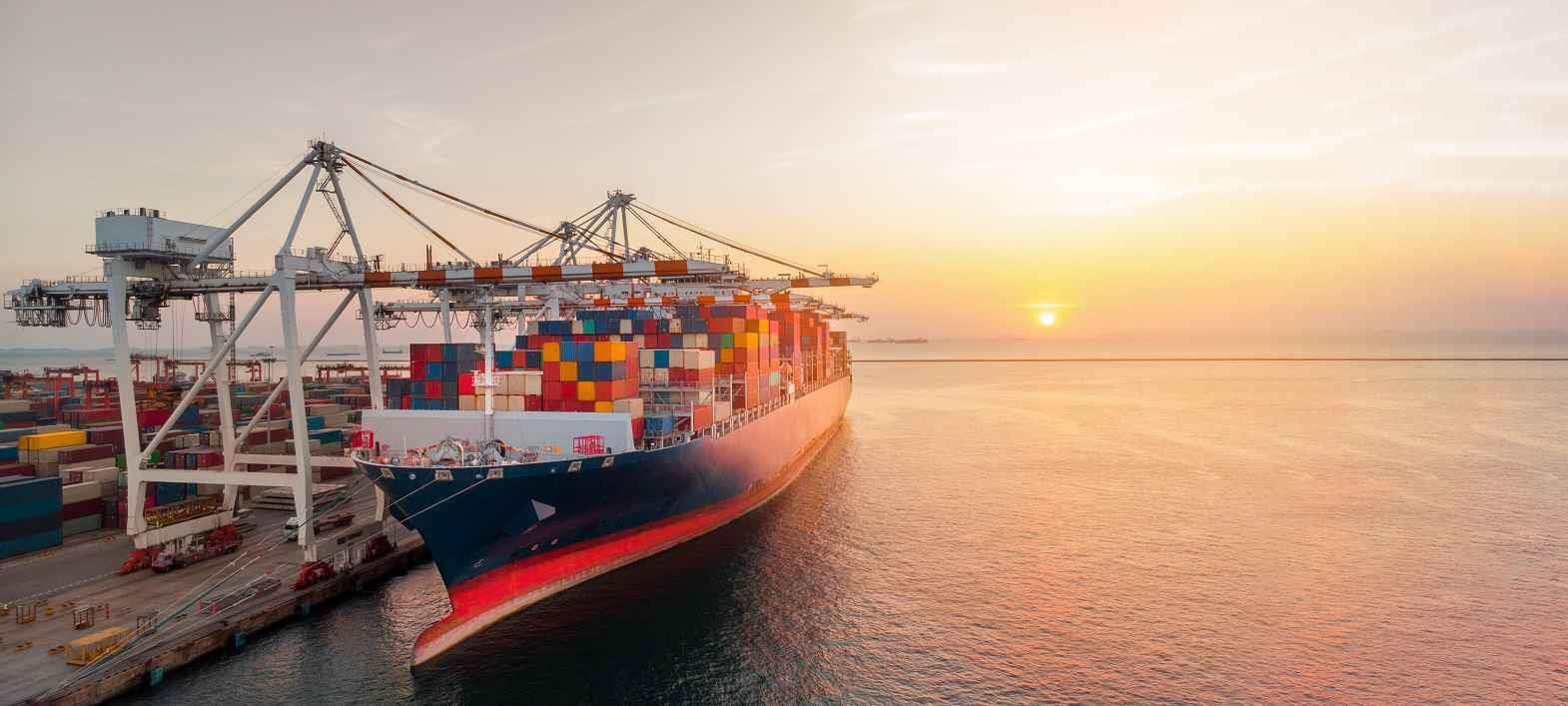The global textile industry is at a pivotal juncture in 2024, grappling with the aftermath of the Red Sea crisis. Following serial attacks by the Houthis on merchant vessels, the industry is facing inflated freight costs and prolonged transportation periods for shipments between the West and East. This article explores the challenges and strategic adaptations the textile industry, particularly in Asian countries like India, is undertaking in response to these disruptions.
Factors Influencing Ocean Freight Costs
The shipping and ocean freight costs for 2024 are expected to be influenced by a variety of factors, including geopolitical tensions, changes in global trade patterns, and adjustments in shipping routes due to crises such as the ongoing situation in the Red Sea. The disruptions in the Red Sea have led to increased freight rates due to the need for carriers to take longer routes with higher costs. For instance, freight rates for routes like Asia to North Europe have seen significant increases, with spot rates spiking towards the end of 2023.
Additionally, the Panama and Suez Canals continue to face multiple crises, further impacting global supply chains and contributing to pricing changes and extended transit times. The rerouting of vessels, in response to these crises, particularly due to attacks in the Red Sea, has led to dramatic increases in spot rates on key shipping routes. Specifically, rates for North Asia to US West Coast cargo saw a 39 per cent week-over-week increase at the end of December, with East Coast ports experiencing a 23 per cent increase.
Environmental regulations, specifically the new regulations being introduced in 2024, are also expected to influence shipping costs. These regulations could add to the operational costs of shipping lines, potentially impacting freight rates.
The Shift to Longer Shipping Route
With traditional routes through the Red Sea becoming perilous, many companies have rerouted their shipments via the Cape of Good Hope. This change, while ensuring safety, has resulted in longer transit times and increased operational costs.
Diversification of Trade Routes and Ports
In response to the crisis, the industry is actively exploring alternative routes and port destinations. This diversification strategy is crucial in mitigating the risks associated with over-reliance on specific trade channels.
Balancing Air Freight and Ocean Shipping
Given the uncertain situation, companies are considering air freight for urgent shipments. While more expensive, air freight offers speed and reliability,crucial for time-sensitive deliveries.
Managing Inventories and Floor sets
Effective management of inventories and resetting floor sets in stores are emerging as vital strategies. These adjustments help businesses adapt to potential delays in shipping and maintain a steady supply of goods.
Proactive Purchase Order Management
Businesses are negotiating extensions for Purchase Order in DC (PO IN DC) dates, literally on a style-to-style basis. This detailed approach allows for better management of the total season’s assortment, catering to specific needs and timelines.
Anticipating and Preponing Shipments
Brands,while not currently preponing shipments, may soon need to manage capacities to accommodate delays. Exploring options to prepone POs wherever possible is becoming a necessary strategy to mitigate shipping delays.
Excess Capacity and Rising Costs
The year2024 is expected to witness excess ocean capacity, a potentially positive development for the industry. However, this is juxtaposed with anticipated significant increases in ocean shipping costs.
Panama Canal Restrictions and Their Impact
The Panama Canal’s phased reduction in reserved slots for Panamax and Neopanamax vessels, starting in early 2024, will likely cause vessel deviations. These changes are expected to have inflationary effects on freight costs for services via the Panama Canal, further pressuring International Minimum Unit (IMU)percentages and overall supply chain costs.
Enhancing Shipment Tracking and Visibility
In these turbulent times, agility and proactive measures are essential. Continuous tracking of shipments and maintaining visibility will be crucial in identifying issues and responding to disruptions swiftly.
Regional Sourcing Amid Rising Freight Costs
In response to escalating freight costs and the complexities of global supply chains, many Western countries may evaluate a shift in their sourcing strategies. This strategic pivot would involve placing more orders with nearby regions, a move aimed at reducing reliance on distant markets. By sourcing closer to home, Western businesses can mitigate the risks and expenses associated with long-distance transportation, especially in the wake of rising freight costs that have been exacerbated by geopolitical tensions and logistical disruptions. This approach not only offers potential cost savings but also aligns with a growing emphasis on sustainability and shorter supply chains. Additionally, sourcing from nearby regions could lead to improved supply chain resilience, quicker response times, and enhanced quality control,ensuring that Western markets can adapt more dynamically to changing consumer demands and global market fluctuations.
Conclusion: Charting a Course Through Challenges
The Red Sea crisis has undoubtedly posed significant challenges to the global textile trade. However, it has also prompted the industry to rethink and revamp its strategies. By embracing alternative routes, managing inventories effectively, negotiating with flexibility, and staying agile in the face of uncertainty, the textile industry can navigate these turbulent waters. These adaptations not only address immediate concerns but also pave the way for a more resilient and dynamic approach to global trade in the future.








Comments